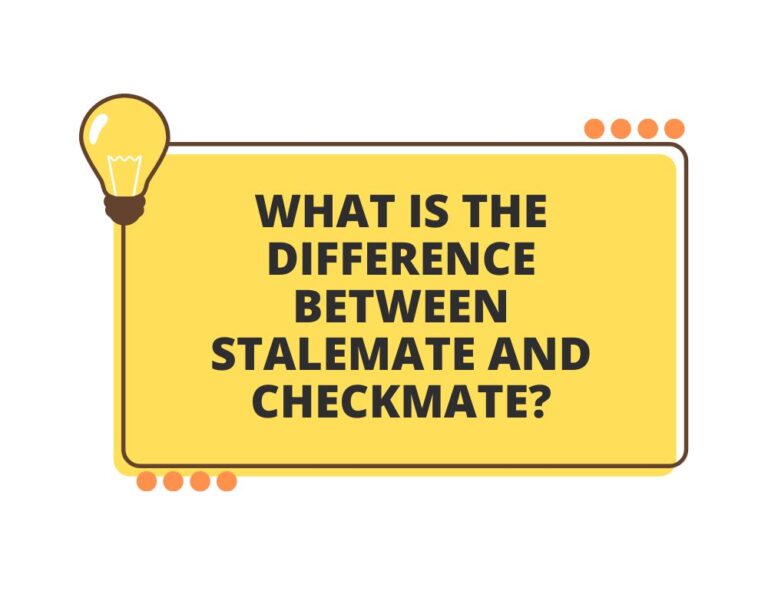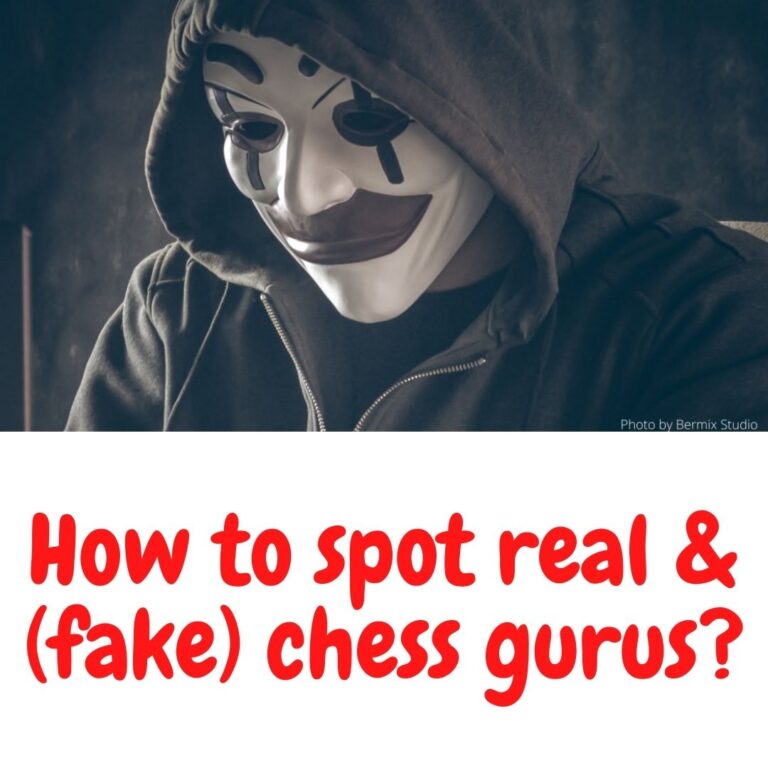What is Castling in Chess?
What is castling in Chess? How was my opponent able to “interchange” his king and rook? Why did my opponent move 2 pieces in one move? These are a few common questions for beginners. They revolve around the concept of castling. This term is quite new to beginners. Once I got ample questions regarding castling. I decided to write this short article on it.
Castling is a unique quality given to the king to reach safety. Generally, the king can move 1 square at a time, but in this scenario, the king can move 2 squares at a time and the rook moves beside it. But as it is a unique quality, there are some conditions

In Castling King and Rook are involved. A King moves Two squares and the Rook comes next to it. So as there are two Rooks, one has an option to castle in both ways. Castling is useful as it gets the king to safety and also the Rook gets developed. So we can call it a multi-purpose move. Now we move on to the types of castling and the conditions required for castling.
Castling short

When White moves his King to g1 and Rook to f1 it is a short castle. The reason it is called short castle is the rook moves only 2 steps in this case.
Castling long

Here white King moves to c1 and a1 Rook moves to d1 it is called Long Castle.
Castling is not possible due to Bishop controlling f1

White cannot castle short here as Black Bishop controls f1 as King cannot move through a check to castle.
Castling is not possible due to Check to King by Rook

Black Rook gives a check to the white king. So it can only blockade or capture the rook or move his king. So white cannot castle.
Castling is not possible due to Knight controlling g1

As Knight controls g1 so white cannot castles short.
Castling is now possible as controlling b1 does not matter to King


As the Knight controls b1. It does not matter to the king as it is not getting checked. So white can castle long in this case.
No pieces in between King and Rook

Here as Queen is in between King and Rook. A player cannot castle long. It can castle short as there is no chess piece in between.
Also if the Rook or king has moved, the player cannot castle even if the Rook or King gets back to the original place.
Why you should do Short Castle – Benefits of Short Castle
- Chess players usually do short castles because many positions and openings suggest doing short castles.
- The short castle is a comparatively safe way to play chess.
- The main plan of the short castle is to play in the center. In most cases, players try to capture center control.
Why you should do Long Castle – Benefits of Long Castle
- The long castle is a little risky way to play. There are various openings in which white do long castles.
- Usually, both players don’t do long castles. One player does a long castle and another does a short castle and then the race starts.
How many times can you castle in chess?
Players can do the castle only one time. Once a king or rook is moved, you cannot do castle again.
Below is a video of castling by Chess.com
So I hope I’ve solved all the questions like What is castling in Chess?
Remember to castle in the opening stage only. If you keep your king in the center, you can face a lot of problems in the middlegame.
![]()


